Inside the Crime Rings Trafficking Sand – Scientific American
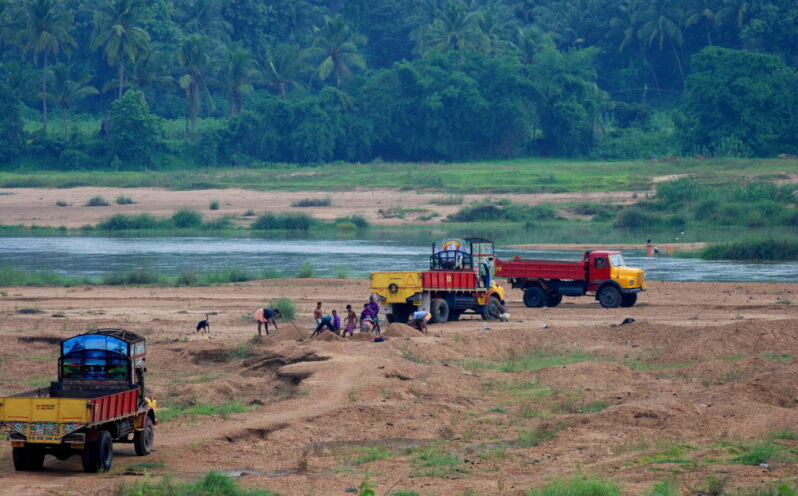
Organized crime is mining sand from rivers and coasts to feed demand worldwide, ruining ecosystems and communities. Can it be stopped?…
Plastic bag bans have already prevented billions of bags from being used, report finds – Grist

“The bottom line is that plastic bag bans work,” said Faye Park, president of the U.S. PIRG Education Fund, in a statement. “People realize quickly it’s easy to live without plastic bags and get used to bringing a bag from home or skipping a bag when they can…”
‘It gets your stomach churning’: the team wading through nappies to clean up Bali’s waterways – the Guardian
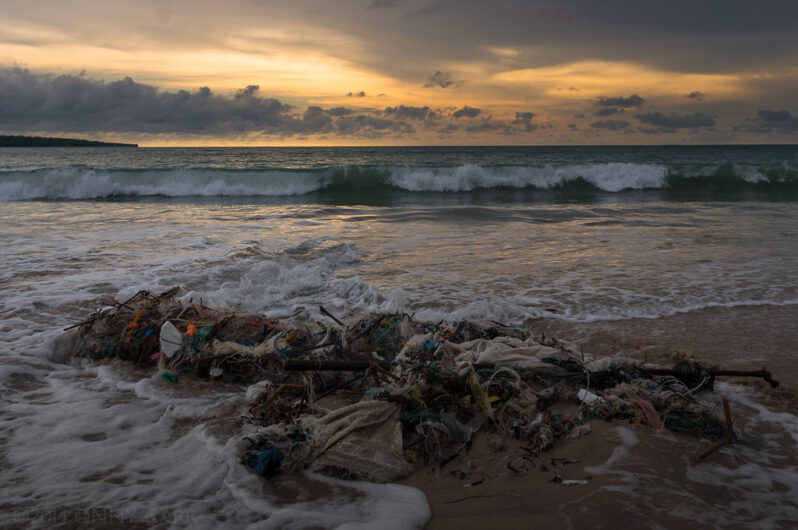
Every week, the Sungai Watch staff don waders and gloves and plunge into the waterways around the Indonesian island of Bali, where they have strung up their big plastic barriers. Along with volunteers, they work their way through the heaps of waste that has built up against the barriers, stuffing it into rubbish bags and slowly, steadily, clearing the filth. The work is gruelling, and yet there is deep satisfaction, even if just temporarily, in watching the rivers open up again. “You do get used to it, strangely enough. But you always need at least a few minutes to adapt as you go into a river….”
How to Love an Oyster – Hakai
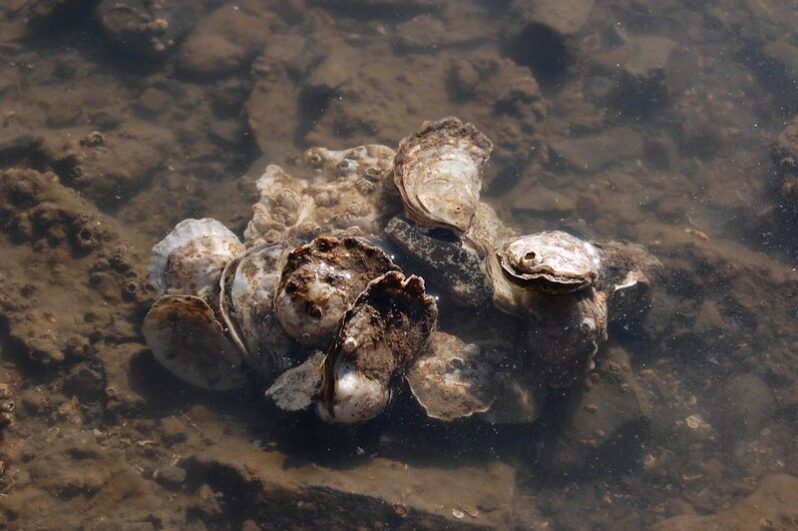
Most people, even those who know a thing or two about oysters and may perhaps enjoy eating them, have no idea that the sweet and buttery bivalves they are slurping down in San Francisco or Vancouver are not the native species of the West Coast but Japanese imports…It is only on rare occasions at certain bougie establishments that you might encounter the much-smaller Olympia oyster (Ostrea lurida) on the menu, a Proustian remembrance with its miserly portion of meat and coppery taste…
No turning back: The largest dam removal in U.S. history begins – NPR
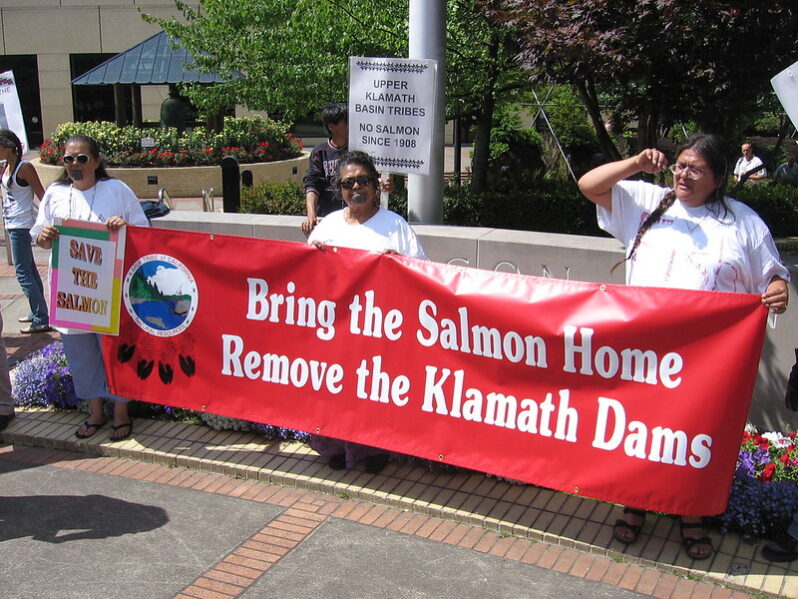
The largest dam removal in U.S. history entered a critical phase this week, with the lowering of dammed reservoirs on the Klamath River…
Oh Good, Hurricanes Are Now Made of Microplastics – Wired Magazine
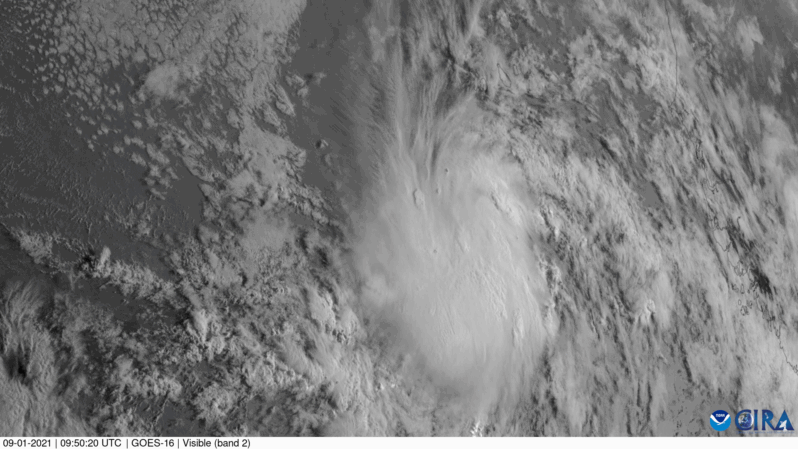
When Hurricane Larry made landfall two years ago, it dropped over 100,000 microplastics per square meter of land per day. It’s another ominous sign of how plasticized the environment has become…
Here’s what you’re really swallowing when you drink bottled water – the Washington Post

People are swallowing hundreds of thousands of microscopic pieces of plastic each time they drink a liter of bottled water, scientists have shown — a revelation that could have profound implications for human health…
Dredging, beach replenishment continues in Monmouth County – PBS
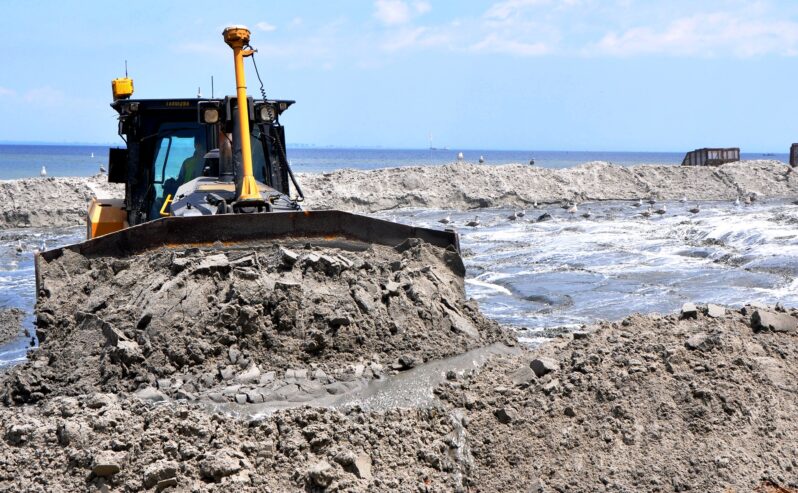
Tens of millions of dollars pour into the state each year to fund beach replenishment efforts ..
“…we are doing it with the intent of preserving the economic usefulness of oceanfront properties that are being threatened by erosion and shoreline migration, sea-level rise and storm waves and so forth…That methodology (used by the U.S. Army Corps of Engineers) is flawed because it uses property value to determine the benefits of nourishment and our belief is that our property values aren’t the correct way to assess the utilization or return on public funds. A better way of doing that is looking at what are the public benefits.”
– Andy Coburn, Associate Director for the Study of Developed Shorelines | Western Carolina State University
How much carbon can oysters store? Scientists are trying to find out – Grist

Scientists all along the Atlantic and Gulf coasts are trying to bring oyster populations back, and not just because they’re a popular food. Oysters are also important for healthy coastal ecosystems. And researchers are now studying how creating new oyster reefs could help fight climate change by sequestering carbon…
